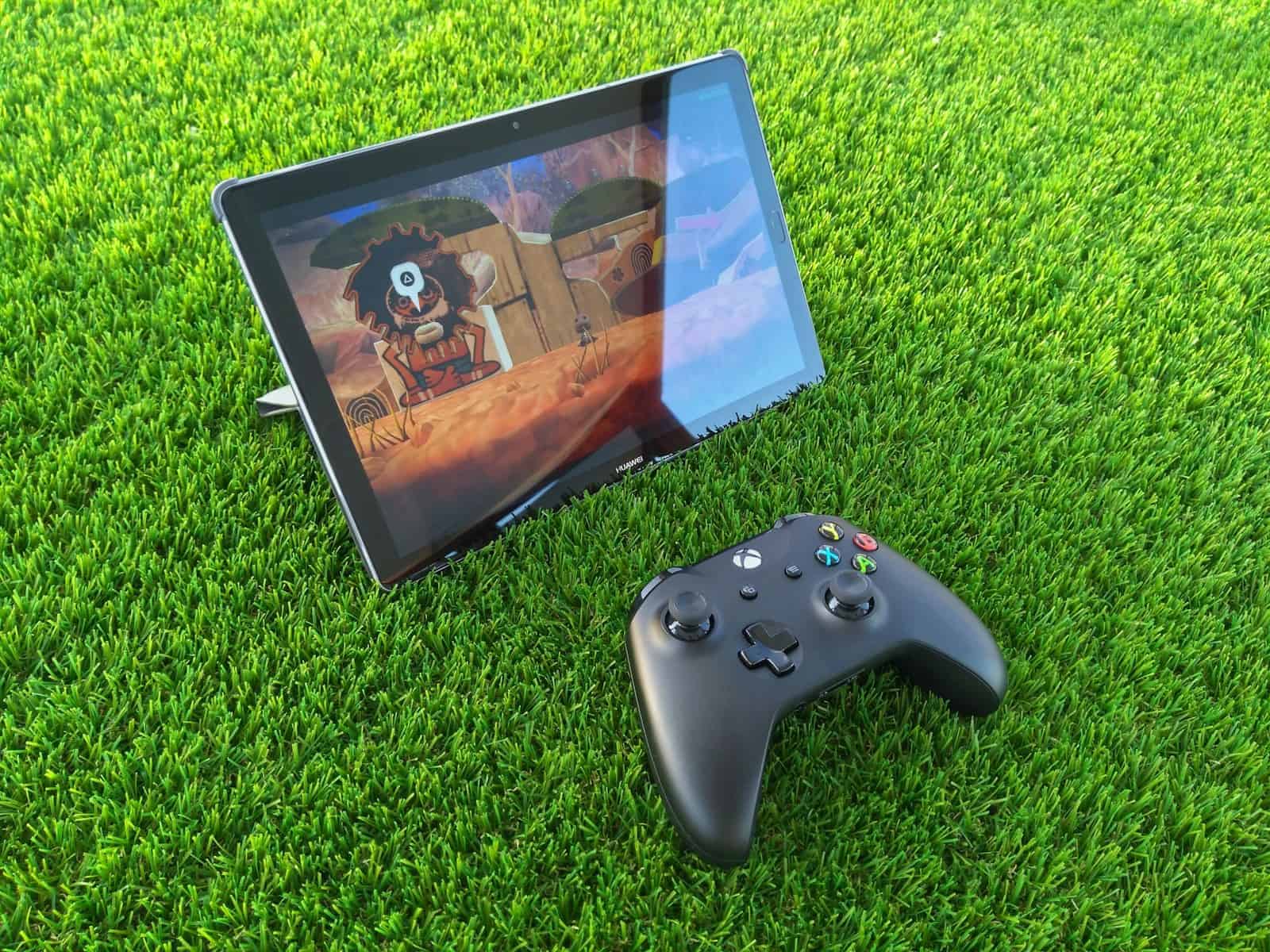Running Android apps on Windows opens up new possibilities for users. You can now use your favorite mobile apps and games on your PC without needing a separate Android device. This integration brings convenience and flexibility to your digital experience.
Windows 11 offers built-in support for Android apps through the Amazon Appstore. For those using older Windows versions or wanting more options, third-party emulators provide alternatives. These tools allow you to enjoy Android applications on larger screens with keyboard and mouse controls.
Several methods exist for running Android apps on Windows PCs. Each approach has its own setup process and features. Users can choose the option that best fits their needs and technical skills.
Running Android Apps on Windows
There are several ways to run Android apps on Windows, each with its own strengths and weaknesses. Here’s a breakdown of the most common methods:
1. Windows Subsystem for Android (WSA)
- How it works: WSA is a compatibility layer developed by Microsoft that allows Windows 11 to run Android apps natively. It includes a virtual machine that runs a full Android system within Windows.
- Pros:
- Native integration: Apps run smoothly and integrate well with the Windows environment.
- Access to Amazon Appstore: Provides a selection of Android apps officially curated for Windows.
- Cons:
- Limited app selection: The Amazon Appstore has a smaller selection of apps compared to the Google Play Store.
- Windows 11 only: This feature is exclusive to Windows 11.
- Can be resource-intensive: Running a virtual machine requires decent system resources.
2. Android Emulators
- How they work: Emulators create a virtual Android device on your Windows PC, allowing you to run almost any Android app. Popular emulators include BlueStacks, NoxPlayer, and MEmu Play.
- Pros:
- Wide app compatibility: Access to a vast library of Android apps, including those from the Google Play Store (with some setup).
- Customization options: Emulators often offer customization options for performance, controls, and appearance.
- Work on older Windows versions: Many emulators support older versions of Windows.
- Cons:
- Performance can vary: Performance depends on your PC’s hardware and the emulator’s optimization.
- Can be resource-intensive: Emulating a full Android system requires significant system resources.
- May include ads or bundled software: Some emulators include ads or try to install additional software.
3. Google Play Games for PC (Beta)
- How it works: This is Google’s official solution for playing Android games on Windows. It focuses specifically on gaming, offering a curated selection of Android games optimized for PC.
- Pros:
- Official support from Google: Provides a stable and reliable experience.
- Optimized for gaming: Games are designed to work well with keyboard and mouse controls.
- Syncs with your Google Play Games account: Allows you to access your game progress and achievements across devices.
- Cons:
- Limited to games: Only supports a selection of Android games, not general Android apps.
- Still in beta: The platform is still under development, so some features or games may be limited.
Which method is right for you?
- Windows 11 users who primarily want to use popular apps: WSA is a good option due to its native integration.
- Users who need access to a wider range of apps or are on older Windows versions: Android emulators are a more versatile choice.
- Users who primarily want to play Android games on their PC: Google Play Games for PC is the best option for a dedicated gaming experience.
It’s worth noting that the experience of running Android apps on Windows has improved significantly in recent years, with more seamless integration and better performance. Depending on your needs and preferences, there’s likely a method that will work well for you.
Key Takeaways
- Windows 11 supports Android apps natively through the Amazon Appstore
- Third-party emulators offer Android app compatibility on various Windows versions
- Multiple methods exist to run Android apps on PCs, catering to different user needs
Preparing Your Windows PC for Android Apps
Running Android apps on Windows requires specific system configurations and software installations. This process involves meeting hardware requirements, enabling virtualization, and setting up necessary tools for developers.
System Requirements and Enabling Virtualization
Windows 11 is essential for running Android apps natively. The PC must have at least 8GB of RAM and an SSD for storage. Intel Bridge Technology enhances performance on x86 systems.
Virtualization must be enabled in the BIOS or UEFI settings. This step is crucial for creating a secure environment for Android apps. Users should restart their PC, enter the BIOS/UEFI menu, and activate virtualization technology.
After enabling virtualization, users need to turn on the Virtual Machine Platform feature in Windows. This can be done through the “Turn Windows features on or off” menu in the Control Panel.
Installing Windows Subsystem for Android
The Windows Subsystem for Android (WSA) is the core component for running Android apps. Users can install it from the Microsoft Store.
Search for “Windows Subsystem for Android” in the Microsoft Store app. Click “Install” and wait for the download to complete.
Once installed, open the WSA settings. Here, users can configure options like subsystem resources and developer mode. It’s recommended to allocate sufficient resources for smooth app performance.
Configuring Developer Tools and Developer Mode
For those interested in app development or sideloading, enabling Developer Mode is necessary. This can be done in Windows Settings under “Privacy & Security” > “For developers”.
After enabling Developer Mode, install Android SDK Platform Tools. These tools provide essential utilities like ADB (Android Debug Bridge) for managing Android apps and devices.
Users can download the SDK Platform Tools from the official Android developer website. Extract the files to a convenient location and add the folder to the system’s PATH environment variable for easy access.
The Windows Insider Program offers early access to new features and updates related to Android app support. Developers can join this program to test their apps and provide feedback through the Feedback Hub.
Running Android Apps on Windows
Windows users can now access Android applications directly on their PCs. This feature enhances productivity and entertainment options, offering seamless integration between mobile and desktop environments.
Official Methods: Windows Subsystem for Android and Amazon Appstore
Windows 11 introduced native support for Android apps through the Windows Subsystem for Android. This system allows users to run Android apps side-by-side with Windows applications. The Amazon Appstore serves as the primary source for downloading these apps.
To get started, users need to install the Windows Subsystem for Android from the Microsoft Store. Once installed, they can access the Amazon Appstore to download and install Android apps. The process is straightforward:
- Open Microsoft Store
- Search for “Amazon Appstore”
- Install and set up the app
- Browse and install Android apps
Not all Android apps are available through this method. However, popular apps and games can be easily accessed and run smoothly on Windows 11 devices.
Using Third-Party Android Emulators
For users seeking a wider range of Android apps or those using older versions of Windows, third-party emulators offer a viable solution. Popular options include:
- BlueStacks
- GameLoop
- NoxPlayer
These emulators create a virtual Android environment on Windows PCs. They often provide additional features like keyboard mapping for games and multi-instance support.
To use an emulator:
- Download and install the emulator
- Launch and set up the virtual Android device
- Access the Google Play Store or built-in app store
- Install and run Android apps
Emulators may require more system resources than native solutions but offer greater flexibility in app selection.
Sideloading Android APKs: Steps and Considerations
Sideloading APK files allows users to install apps not available through official channels. This method requires caution as it bypasses standard security checks.
Steps to sideload APKs:
- Enable developer mode in Windows Subsystem for Android
- Download the desired APK file from a trusted source
- Use ADB (Android Debug Bridge) to install the APK
Considerations:
- Security risks: APKs from unknown sources may contain malware
- Compatibility issues: Some apps may not function properly
- No automatic updates: Manual updates required for sideloaded apps
Users should only sideload apps from reputable sources and understand the potential risks involved.
Troubleshooting Common Issues
Users may encounter issues when running Android apps on Windows. Common problems and solutions include:
App crashes:
- Update Windows Subsystem for Android
- Check app compatibility
Performance issues:
- Allocate more resources to the subsystem
- Close unnecessary background apps
Google Play Services missing:
- Use alternative app stores or sideload GApps
In-app purchases not working:
- Ensure Amazon account is properly linked
- Check payment method settings
For persistent issues, users can consult the Windows Subsystem for Android documentation or seek help from Microsoft support forums.







